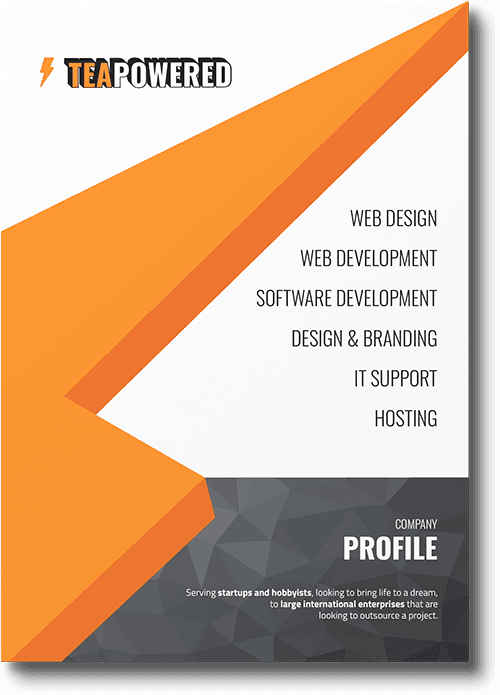The Ever-Evolving Landscape of Web Design
Website design is not just an art; it's a strategic tool in digital marketing. As we step into 2024, the world of web design continues to evolve, blending aesthetics, functionality, and advanced technology to create immersive digital experiences. Understanding these trends is essential for businesses looking to establish a robust online presence.
Embracing Minimalism and Advanced Technologies
In 2023, website design is veering towards minimalism and the incorporation of advanced technologies like AI and AR/VR. The trend of minimalism, characterised by clean and uncluttered designs, caters to the modern user's preference for straightforward and easily navigable interfaces. Simultaneously, the integration of AI and AR/VR technologies is revolutionising user experiences, offering interactive and personalised web experiences.
The Rise of Mobile-First Design
With mobile internet usage surpassing desktop, a mobile-first approach in web design has become indispensable. This trend not only caters to the vast majority of internet users but also aligns with search engine algorithms that prioritize mobile-friendly websites. Implementing responsive design ensures a seamless experience across all devices, a crucial factor in user retention and engagement.
Prioritising Web Accessibility
Inclusivity in web design is more than a trend; it's a necessity. The U.S. Department of Justice's updated guidelines on website accessibility under the ADA highlight the importance of creating websites that are accessible to all, including those with disabilities. This approach is not only about compliance but also about reaching a wider audience, ensuring that everyone can interact with your website without barriers.
The Impact of Design on User Experience and SEO
A well-designed website is a powerful tool for engaging users and enhancing SEO. The synergy between website design and SEO is undeniable. A visually appealing site that offers a seamless user experience can significantly reduce bounce rates and improve dwell times, which are critical factors in search engine rankings.
Enhancing User Experience
User experience (UX) is at the heart of modern web design. Websites that are easy to navigate, load quickly, and provide valuable content are more likely to keep users engaged. This not only leads to higher conversion rates but also signals to search engines that your site is of high quality, contributing to better SEO performance.
SEO-Friendly Design Elements
To maximise the SEO potential of a website, certain design elements are crucial. These include structured navigation, fast load times, mobile responsiveness, and the use of HTML5 instead of Flash. Integrating these elements not only enhances user experience but also improves the website's visibility on search engine result pages (SERPs).
Conclusion
The landscape of website design is continually changing, and staying ahead of these trends is essential for businesses to thrive online. By focusing on user-centric design, mobile responsiveness, accessibility, and SEO-friendly elements, businesses can create websites that not only attract visitors but convert them into loyal customers.
